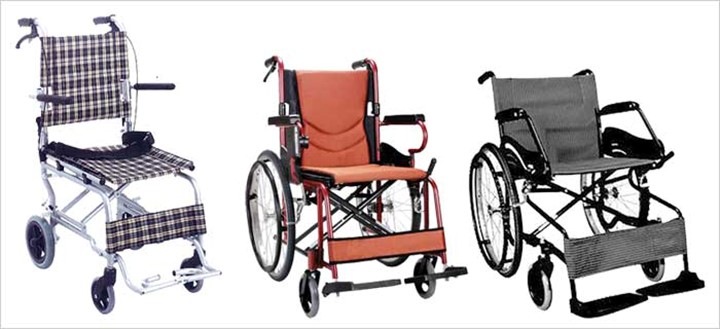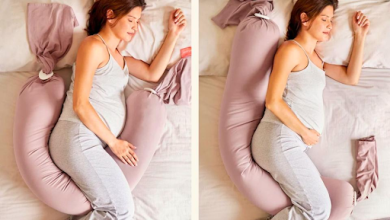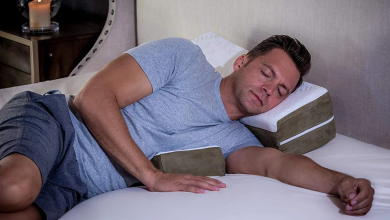Why Do We Need Customized Wheelchairs?

Wheelchairs are used for many varied reasons. Since they are personalized for the user, there are infinite types, But the two basic types of wheelchairs for rent are:
Electric Wheelchairs
The electric kind comes in two styles, the basic chair style and the scooter or cart style. Carts are generally the choice of people with good upper body control and often can walk, but not long distances, or for safety when they are not with a companion. Wheelchairs for rent are sometimes also used by people who can walk a little, but anyone liable to fall from a scooter will use a chair with a seatbelt. Also, chairs have optional features, like strapping down feet, for people with no lower body control or feeling, and lots of upper body and head support. And anyone who needs alternate controls, like a shoulder, chin, or mouth control, will use a chair.
Manual Wheelchairs
Manual chairs come in a basic design for getting around, with many options, and in addition, there are sporting styles of manual chairs. A racing design looks a little like a recumbent bicycle, especially for playing basketball. It has a low center of gravity and sharply angled wheels, so it is steady at very fast speeds. There are other sporting versions, but basketball is played on an indoor court and does not involve feet except for locomotion. It is a much easier sport to adapt to wheelchair use than football, soccer, or even baseball.
The last type of manual chair is what many people call a hospital clunker. These can be operated by the user but are not particularly user-friendly. Most non-sporting chairs have back handled so that they can be pushed. These handles are for assistance if the user gets momentarily stuck, has emergency, or has a hand injury that temporarily needs pushing. Hospital clunkers are meant to be pushed and are difficult for the user to manipulate.
The Different Variations of Wheelchairs
There are also lots of other variations apart from these basic types. Child-sized, oversized, heavy-duty (there is a model for people who need to go off paved roads frequently), low-backs, should-heights, headrest/no headrest, and chairs with different types of armrests depending on what the doctors have prescribed for the user. Wheelchairs can be customized based on the following requirements:
- The size of the wheelchair is determined by the individual’s leg length when sitting. Some chairs are lower by about two to three inches because they use their legs to propel themselves. To do that, their feet must touch the floor. Others use their hands to propel themselves, so their feet do not need to touch the floor. Instead, they use footrests.
- If the person has weakness on one side of the body, they may need a stabilizing piece to keep them upright and in proper alignment. Some chairs have head support straps to keep them from dropping their head forward, whereas others need a chair that can recline.
- Someone with dwarfism would need a specially designed chair.
- Someone who is extremely obese might need a chair designed to carry a heavier load.
- A tall person needs a chair whose seat is higher to accommodate their long legs.
- Children need special chairs to accommodate their specific needs. Some chairs are electric, and some can be operated using a mouthpiece for someone who may be quadriplegic.
- There are also chairs with a push-pull handle attached to a gear on one side for a person who could propel on their own by using the handle.
- Few people need chairs where the side panels detach or can be moved out of the way to transfer themselves independently. These are good for paraplegics and allow them to be more independent.
Conclusion:
If you are confused about what wheelchairs to choose and how to choose, talk to your supplier, your physiotherapist, and other users for advice. Also, know your budget, as chairs are expensive and can differ greatly in quality. Unless you are just looking for a generic hospital type chair, most are customized to each individual’s needs and abilities. Most medical equipment for rent has different models and styles of chairs available, and any medical equipment supplier, home health care supplier and physiotherapist will be able to help.




